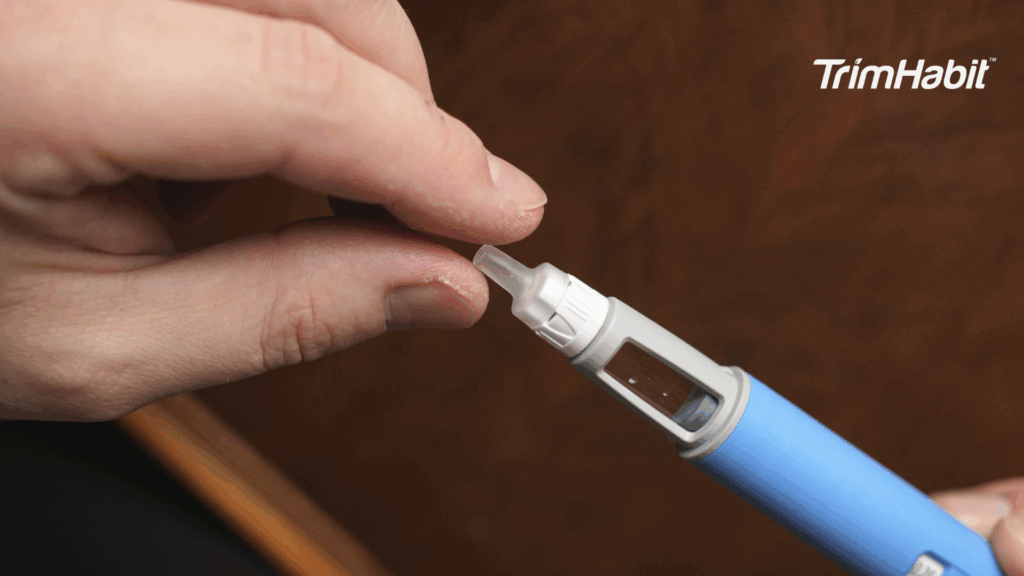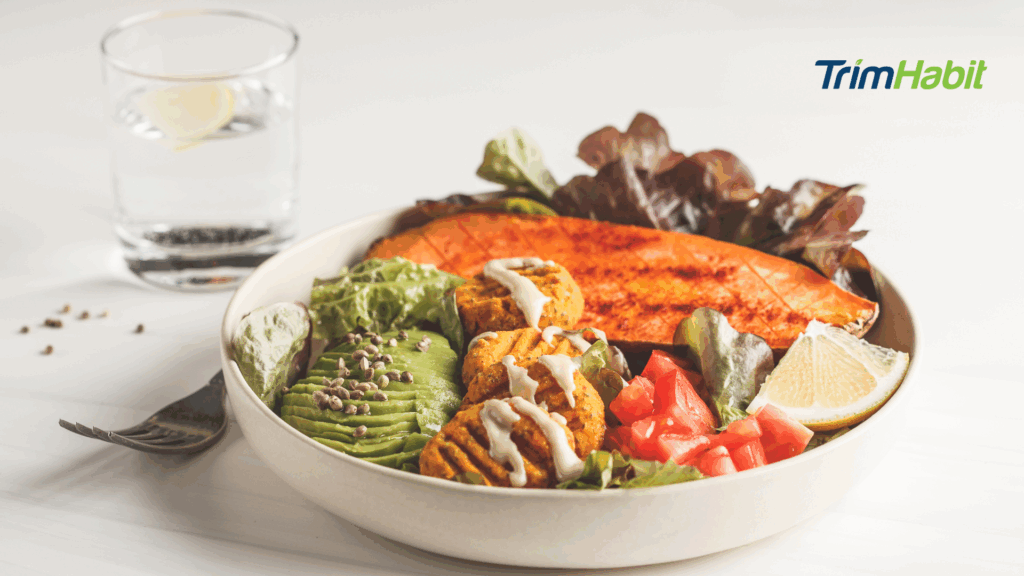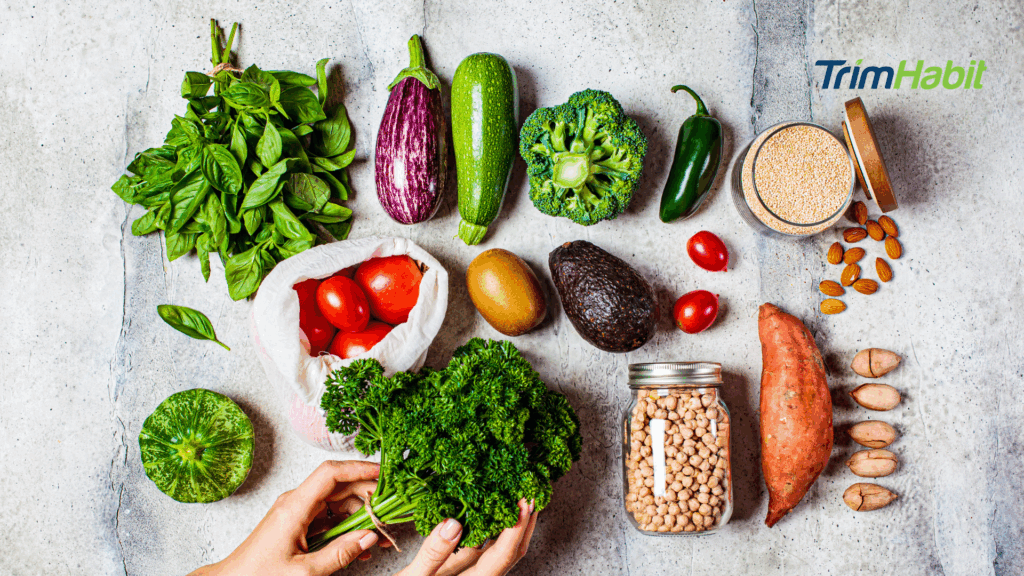When considering the combination of weight loss and alcohol consumption, the choice between red wine and beer can be a subject of debate. Both alcoholic beverages have been enjoyed by people for centuries, each with its unique characteristics and potential effects on the body. However, how do they contribute to achieving weight loss?
In this exploration, we will delve into the differences and similarities of red wine vs beer for weight loss. By the end of this comparison, you’ll have a clearer understanding of how these two popular beverages may impact your weight loss journey and be better equipped to make informed choices for your lifestyle and goals.
So, let’s uncork the bottle and tap the keg to understand the nuances of these two well enjoyed drinks.
What Is Beer?
It is common knowledge that when a beverage is crafted using cereal grains such as hops, yeast, water, and barley, it is none other than the globally renowned alcoholic drink we call beer. Beer, which stands as one of the oldest and most widely consumed alcoholic beverages, has a rich history.
As for its production process, it naturally involves fermentation, where the grains undergo this transformation to yield alcohol, while also infusing the drink with delightful effervescence.
Beer is renowned for its diverse array of styles and flavors, including ales, lagers, pilsners, and stouts, each suited to various tastes and occasions. These beverages are commonly found in cans, bottles, or glasses and are frequently savored during special moments and celebrations1.
What Is Red Wine?
Wine is an alcoholic beverage crafted from the fermentation of grapes or other fruits, with its taste spectrum spanning from sweet to dry. It boasts a diverse range of flavors, including white, sparkling, rose, and the renowned red wine.
In the wine-making process, grapes are typically crushed, and their juice is fermented to generate alcohol. Brewers allow it to mature inside barrels for various periods, enhancing its character over time.
Wine is often linked with upscale dining experiences and is a frequent presence at various events. Furthermore, it boasts a rich history, with historical records and archaeological evidence tracing its production back thousands of years across different regions of the world1.
Counting Calories
A regular glass of wine can encompass as many as 158 calories, while some pints of more potent lager can pack up to 222 calories. Therefore, if your goal is weight loss, it’s imperative to consider not only what you eat but also what you drink.
For instance, consuming four bottles of 12% alcohol by volume (ABV) wine per month accumulates to an annual intake of potentially 32,400 calories. Likewise, indulging in five pints of 5.2% ABV lager each week adds up to a staggering 57,720 calories over the course of a year. These figures highlight the significant impact that beverage choices can have on your overall caloric intake and calorie count and, consequently, your weight management efforts2.
Beer Calories
The average pint of beer with a 5% ABV contains approximately 222 calories, as per the current estimate from the NHS2. In general, the calorie content of beer is influenced by the choice of grains and yeast used in its brewing process, with lighter beer varieties typically having fewer calories when compared to their darker counterparts3.
In broad terms, light beers typically fall within the 4 to 5% ABV range, whereas regular beers have ABVs ranging from 5 to 6%. Craft beers, on the other hand, exhibit a broader spectrum of ABV values, typically falling within the 6% to 10% range. In the case of more robust styles, such as double India pale ales (IPA) and imperial stouts, ABVs can soar to levels as high as 15% or even beyond4.
Red Wine Calories
Consuming a standard 175ml serving of wine with a 12.5% ABV content contains approximately 133 calories, which is roughly equivalent to consuming three jaffa cake biscuits2.
The calorie content of wine varies depending on its color and style. For instance, on average, rose wine contains about 70 to 80 calories per 100ml, white wine ranges from 73 to 83 calories per 100ml, and red wine falls within the range of 75 to 85 calories per 100ml5.
It’s worth noting that red wine generally has a higher alcohol concentration compared to white wine, and wines with higher alcohol content typically pack more calories.
Other Aspects When Drinking Red Wine And Beer
- Poor sleep quality can contribute to weight gain. While alcohol may help some people fall asleep faster, it can disrupt the sleep cycle and lead to fragmented and less restorative sleep6. This can potentially impact weight loss efforts because sleep is essential for metabolic regulation and appetite control.
- A review of studies conducted in 2015, as reported by the BBC, indicates that neither wine nor beer drinkers experience short-term weight gain. However, it’s worth noting that the most comprehensive study in this regard only lasted for a duration of ten weeks, so the results of more extensive and longer-term research may differ7.
- CNN highlights that the calorie difference between beer and wine primarily stems from the residual carbohydrates present in beer. In contrast, wine generally contains lower levels of sugar8.
- Furthermore, since alcohol is derived from fermented sugar, the calorie intake corresponds to the amount of alcohol consumed. In other words, opting for beverages with lower alcohol content translates to consuming less overall, resulting in fewer calories without the presence of residual sugar.
Red Wine vs Beer For Weight Loss
In the context of weight loss, you may have encountered advice suggesting complete abstinence from alcohol. However, it’s essential to understand that an occasional drink in moderation is not inherently detrimental, and there is scientific evidence to support this perspective.
Furthermore, the impact on your weight management can vary based on the specific type of alcoholic beverage you choose to consume, sparking the long-standing discussion of wine versus beer.
- Which is healthier?
Dietitians have conducted a comparison of the top five healthiest alcoholic beverages9 worth considering, and red wine claims the leading position, closely followed by champagne and tequila. However, it’s worth noting that tequila is not typically a regular choice for most adults unless they’re in their youthful, partying phase.
There appears to be a pervasive belief that alcohol is inherently linked to unhealthiness, but a consistent body of research continues to debunk this misconception. When consumed in moderation, alcohol doesn’t necessarily equate to poor health, and specific types of alcoholic beverages surprisingly offer various health benefits.
The health advantages of wine, in particular, have been extensively studied and documented in scientific research and found that moderate daily wine consumption can combat hypertension, and lower the chances of certain cancers and other illnesses10.
It has also been explored how resveratrol in wine can contribute to protecting against the development of type-2 diabetes, promote cardiovascular well-being, slow down the aging process, and even help address acne concerns11. Furthermore, for individuals concerned about sugar intake, red wine, often categorized as low-sugar wine, is a highly recommended choice, especially for those with diabetes.
- Which is better for weight loss?
In general, wine is often considered a better choice for weight loss compared to beer because it typically contains fewer calories. However, it’s important to note that the rate at which you become intoxicated depends on how quickly the alcohol is absorbed into your bloodstream. Therefore, while wine may have fewer calories, the speed at which you consume any alcoholic beverage can impact your overall calorie intake and the effects of alcohol on your body12.
Spirits have the fastest absorption rate into your bloodstream, followed by wine, and then beer. This implies that the effects of alcohol from a glass of wine will manifest more rapidly than from a pint of beer. To experience a comparable level of alcohol’s effects from the lager, you would need to consume twice as many pints of lager as the person drinking the glass of wine13.
Now, in terms of calorie content, beer surpasses other alcoholic beverages; a single pint of beer contains 50% more calories than a glass of wine. Even when considering the overall calories in an entire bottle of wine, the results still largely favor wine as the more calorie-conscious choice.
- Beer and Wine Health Benefits
It’s important to emphasize that excessive consumption of alcoholic beverages is associated with few, if any, health benefits and can often lead to more harm than good. However, drinking in moderation is not necessarily detrimental.
As previously mentioned, research consistently indicates that red wine can offer cardiovascular advantages. Particularly when enjoyed in moderate quantities and alongside a meal as compared to beer or spirits14. Nations known for their wine consumption, such as France and those in the Mediterranean region, tend to exhibit lower rates of coronary heart disease when compared to countries where beer or liquor is more commonly consumed15.
Red wine contains a variety of compounds, notably polyphenols, specifically a type known as flavonoids (also found in foods like blueberries, strawberries, dark chocolate, and tea), which have the ability to counteract harmful cholesterol16.
While both beer and wine contain phenolic compounds, beer generally contains significantly lower amounts17. Thanks to the polyphenols present in red wine, even dealcoholized wine has been shown to reduce insulin resistance and increase nitric oxide levels, potentially aiding in the reduction of blood pressure, particularly in individuals with risk factors for heart disease18.
Conclusion
In summary, when it comes to weight loss, moderation is key, and both red wine and beer can be enjoyed without major detriment to your goals. Red wine offers potential health benefits due to its compounds and tends to be lower in calories, making it a relatively calorie-conscious choice. Beer, with its variety of styles, can be enjoyed but should be consumed mindfully due to its calorie density.
Ultimately, the choice between red wine and beer should align with your preferences and dietary considerations. Neither is a magical solution for weight loss and success depends on managing overall calorie intake, maintaining a balanced diet, and incorporating regular exercise. Regardless of your choice, always remember that moderation is crucial to achieving and maintaining a healthy weight.
Citations
5 Wine: Calories & Calorie Chart. (n.d.). https://www.calories.info/food/wine
9 Burch, K., Proctor, K., Burch, K., & Proctor, K. (2022). The healthiest, lowest calorie alcohol options for a less-bloated New Year’s Eve. Insider. https://www.insider.com/guides/health/diet-nutrition/healthiest-alcohol









